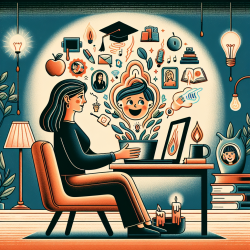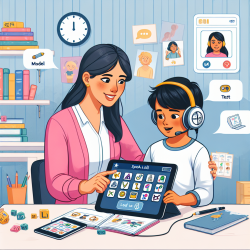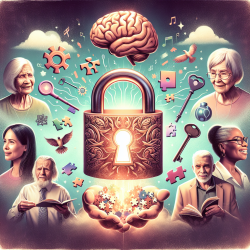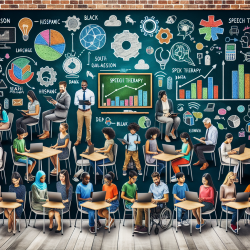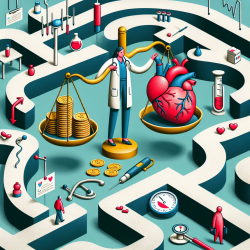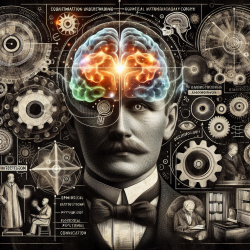As practitioners in the field of speech-language pathology, we are always looking for innovative ways to support children with Autism Spectrum Disorder (ASD). The research article "Technologies as Support Tools for Persons with Autistic Spectrum Disorder: A Systematic Review" offers a comprehensive analysis of various technologies that have shown promise in improving outcomes for children with ASD. This blog will delve into the key findings and how you can implement these technologies to enhance your practice.
Key Technologies and Their Applications
1. Virtual Reality (VR) Applications
Virtual reality offers a controlled environment where children with ASD can practice social interactions and communication skills without the anxiety that real-world situations might provoke. Studies have shown that VR can help children recognize emotions, improve social skills, and even practice daily activities like crossing the street.
- Communication and Interaction: VR applications have been effective in helping children understand body language and facial expressions.
- Social Learning: Tools like virtual environments have been used to teach children essential life skills, such as navigating social scenarios and recognizing emotions.
2. Dedicated Applications
These applications are designed for use on computers, tablets, or mobile devices and often focus on communication and social skills. For example, applications like e-Mintza and Piktoplus use pictograms and icons to help children with ASD communicate more effectively.
- Communication: Tools like e-Mintza facilitate communication through tactile technology and icons.
- Social Learning: Applications that include music or storytelling can help children develop their imagination and social skills.
3. Telehealth Systems
Telehealth systems offer a way for practitioners to provide guidance and support to families without the need for in-person visits. These systems have proven effective in teaching parents early intervention techniques and helping them continue their child's treatment at home.
- Family Support: Telehealth systems can educate parents on how to manage and support their child's ASD.
- Diagnosis and Treatment: These systems facilitate remote assessments and treatments, making it easier for families in rural areas to access specialized care.
4. Social Robots
Social robots can interact with children in a predictable and controlled manner, making them excellent tools for teaching social communication and imitation skills. Robots like Nao can mimic human actions and expressions, providing a safe and engaging way for children to practice social interactions.
- Communication: Robots can help children with ASD practice verbal and non-verbal communication.
- Imitation Skills: Robots can be used to teach children how to imitate actions, which is crucial for learning new skills.
Implementing These Technologies
As practitioners, it is essential to stay informed about the latest research and technologies that can benefit our clients. Here are some steps to consider:
- Stay Updated: Regularly review recent studies and technological advancements in the field of ASD.
- Collaborate: Work with other professionals and families to implement these technologies effectively.
- Personalize: Tailor the use of these technologies to meet the individual needs of each child.
By integrating these technologies into your practice, you can create more effective and engaging therapy sessions for children with ASD. The research is clear: technology can be a powerful ally in our efforts to support and improve the lives of children with autism.
To read the original research paper, please follow this link: Technologies as Support Tools for Persons with Autistic Spectrum Disorder: A Systematic Review.



